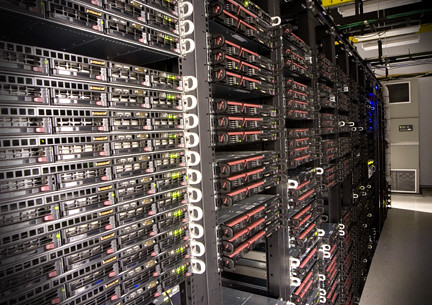Paragon Software Group was invited to the Orange County SMBTN (SMB Technology Network) meeting in Irvine recently. The group consists of local IT consultants and resellers. The focus of this meeting was to have a shootout between the who’s who of disaster recovery software. The players in this competition were Acronis, Windows 7 imager, StorageCraft, Windows Home Server, Symantec and of course Paragon Software.
The scope of the comparison was all the source machines were to have a basic OS installation (no data). These machines would be backed up and timed. Once imaged the backup archives would be restored to dissimilar hardware.
All of the software preformed backups without errors except for Windows 7 imager. A time comparison was made and gig for gig Paragon’s speed was at 1 GB per minute to USB 2.0 which put it in the middle of the pack.
All the destination machines were booted to their respectable boot media. All were WinPE or Linux based. Paragon was the only software that had the option to boot to flash memory. Paragon was one of the only applications that was able to do this recovery to dissimilar hardware without extra steps. Paragon restored from a Gateway laptop running Vista to a Dell Latitude 6500.
For the next round of restores, the destination machines were switched. Paragon was tasked to restore on the same box where Storage Craft failed. Paragon Drive Backup restored the partition and did the P2P adjust. The restored image started without any issue on the optiplex 270.
SMB Technology Network, thank you for having us at your event and showcase our Drive Backup software. We appreciate getting the “Best in Show” award and look forward to the next meeting.
The SMB Technology Network has its roots in partner groups focused on IT solutions & services for the SMB (Small Medium Business) space. Our focus includes Windows platforms including SBS (Small Business Server). One of the first SBS focused groups in the nation was created in 2002 by Roger Otterson in San Diego, California. Shortly after attending the San Diego meetings in 2005, Jim Locke formed the Los Angeles SMB User Group. Additional groups have formed in, Orange and Ventura County, the Inland Empire, Bakersfield, Fresno and across the country including the Carolina’s. All consolidated as SMBTN. Each group holds monthly meetings to discuss the latest small business trends. In addition, the group has partnered with Microsoft at Connections and TS2 events, further penetrating the SMB space. All groups have decided to merge under one umbrella to best serve the interests of the members. The network is in an exciting position, poised to further expand and generate new opportunities for both our members and partners.

 Download the latest white paper explaining the best practices in virtual server implementation and maintenance.
Download the latest white paper explaining the best practices in virtual server implementation and maintenance.






